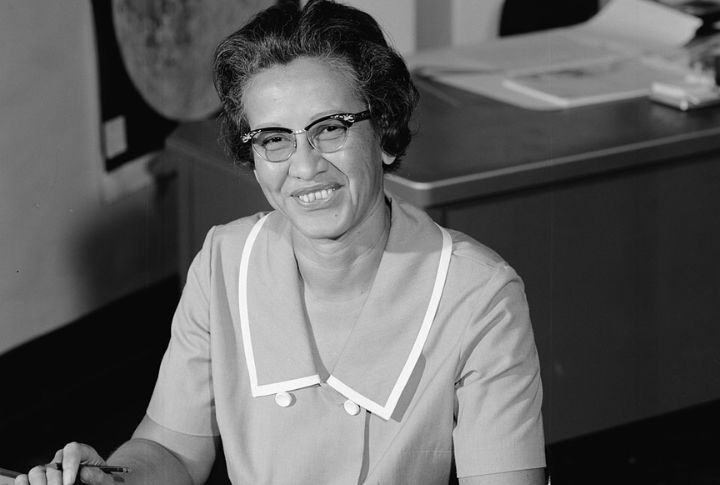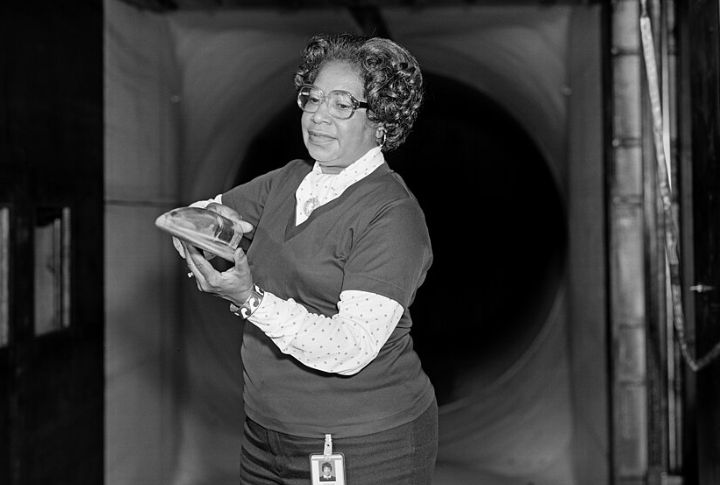
Think NASA’s history is all about space missions and groundbreaking technology? Wait till you hear what the incredible women behind the scenes have been up to. Their stories reveal a legacy of courage and innovation, with some celebrated and others long overlooked. Discover 10 remarkable facts about the women who helped shape NASA and spaceflight.
Katherine Johnson

In 1962, astronaut John Glenn trusted one person to verify the computer’s orbital calculations: Katherine Johnson. Her precise math ensured Glenn’s safe journey around Earth. Johnson’s work also supported the Apollo 11 Moon landing and the Space Shuttle program. The Presidential Medal of Freedom was given to her in 2015.
Sally Ride

Sally Ride became the first American woman to fly into space on the Challenger spacecraft on June 18, 1983. Beyond her historic flight, Ride co-founded Sally Ride Science to motivate young minds, particularly girls, to explore careers in science, technology, and engineering. Her legacy continues to encourage future generations.
Peggy Whitson

With 665 days, Peggy Whitson is the American astronaut with the most total time in space. She was also the first woman to command the International Space Station twice and conducted 10 spacewalks, more than any other female astronaut. Whitson’s achievements have paved the way for women in space exploration.
Margaret Hamilton

Before astronauts ever stepped onto the Moon, Margaret Hamilton’s software helped get them there safely. As a lead software engineer for Apollo 11, she developed an error detection code that prevented mission failure during the lunar descent. Her foresight kept the mission on track, and her work defined modern software engineering.
Christina Koch

In 2019, astronaut Christina Koch set the record for the longest single spaceflight by a woman, spending 328 consecutive days aboard the International Space Station. During her mission, she conducted numerous experiments and participated in the first all-female spacewalk.
Nancy Grace Roman

Nancy Grace Roman was NASA’s first Chief of Astronomy and played a pivotal role in planning the Hubble Space Telescope. Her efforts earned her the nickname “Mother of Hubble.” In recognition of her contributions, NASA named the Nancy Grace Roman Space Telescope in her honor.
Dorothy Vaughan

In the early days of NASA, a group of African-American female mathematicians known as the West Area Computers made a significant impact. Dorothy Vaughan, their leader, became an expert in FORTRAN, one of the first programming languages, and played a key role in NASA’s shift to electronic computing.
Mary W. Jackson

In 1958, Mary Jackson became NASA’s first Black female engineer, breaking significant barriers. Starting as a human computer, she overcame segregation and discrimination to lead initiatives that supported women and minorities in STEM. In 2021, NASA named its D.C. headquarters in her honor—a powerful tribute to her legacy.
JoAnn Morgan

JoAnn Morgan was the only female in the firing room at Kennedy Space Center for the 1969 Apollo 11 launch, which included more than 400 men. As an instrumentation controller, her role was vital to the mission’s success. She later became the center’s first female senior executive.
Kathy Lueders

For the first time in agency history, NASA’s human spaceflight division was led by a woman called Kathy Lueders in 2020. She oversaw crewed missions, including partnerships with SpaceX. Her leadership marked a major shift, reflecting how women have moved from behind-the-scenes roles to steering NASA’s most ambitious programs.

Comments
Loading…